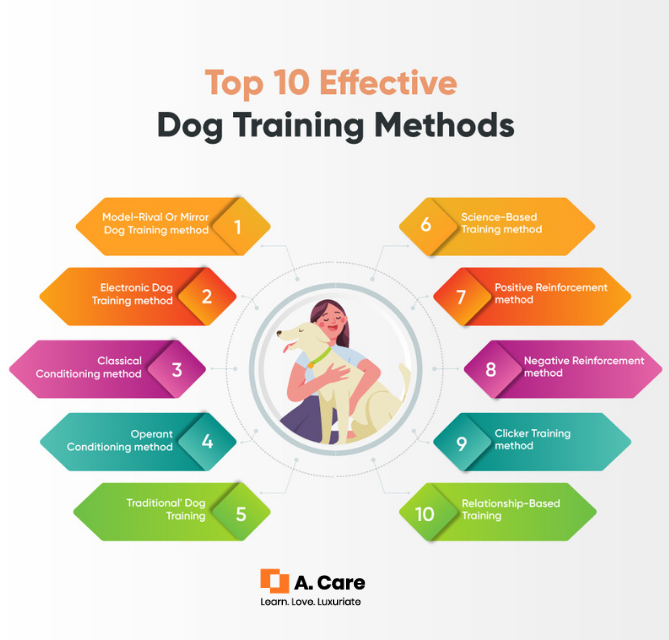The Best Guide To Off Leash K9 Training
Table of ContentsOff Leash K9 Training Fundamentals ExplainedTop Guidelines Of Off Leash K9 TrainingNot known Details About Off Leash K9 Training Off Leash K9 Training Fundamentals Explained6 Simple Techniques For Off Leash K9 Training
In pet dog training, we usually utilize adverse reinforcement to bring a pet into a habits. E.g., you are heeling your dog, and it gets sidetracked by something uncommon. A couple of stands out on a training collar (aversive) obtain its focus off the diversion and back onto heeling; that is adverse support.
For this reason, adverse reinforcement is usually thought about to develop even more reliable actions than positive support alone. Negative punishment means eliminating something your pet dog suches as. Case in points include stopping to family pet your dog when a command is disobeyed or getting rid of food or toys your canine wants to have. Unfavorable penalty, like positive penalty, is focused on lowering the probability of a habits.
Unknown Facts About Off Leash K9 Training
For this to function, 2 conditions have to be fulfilled. First, the pet needs to respect what you are removing. Second, you should be able to control it. A Note on Food: Don't do this with food by on your own if you are functioning with a sketchy canine. Hire a specialist canine fitness instructor.

It is pointless what breed a canine is or what age. The only training constraints are your dog's physical constraints and your creativity.
We still need to examine each pet dog individually. Not all searching breeds take pleasure in all searching activities as much as one expects (dog agility training near me). They should, but genes can be a funny thing. A dog's breed is also vital in developing a naturally satisfying way of life for the dog. We should give every pet an outlet for its genetic drives
Some Known Details About Off Leash K9 Training
Play-based training is inevitably the most reliable means to inspire and educate a canine. Yet it is more difficult to find out. Consequently, not as many fitness instructors like doing it or also recognize it all right. Discovering just how to have fun with pet dogs the appropriate way is an art type.
This is particularly true if the dog has actually never ever met a human worth playing with. Genuinely understanding training with food is practically as complicated as training with toys.
Fearful canines will typically not take food from strange individuals, and also numerous instructors don't understand just try this how to change that and give up. Just rewarding canines with love is not as common, yet occasionally might be the only means.
The Best Strategy To Use For Off Leash K9 Training

Fitness instructors that misuse fundamental terms generally likewise don't comprehend how to train reputable habits in pets. They will certainly assist you as to the proper training technique for your canine.
Canine training is a gratifying journey that strengthens your bond with your hairy friend. There are numerous techniques and methods to training, each with its very own benefits and considerations. Here's a break down of some usual kinds of canine training: This method concentrates on satisfying desired actions with deals with, appreciation, or playthings.
Some Of Off Leash K9 Training
It advertises a healthy and balanced and unified connection between the pet dog and owner. A remote control is made use of to note the precise minute a pet dog executes a desired behavior, complied with by a reward.
Clicker training can be especially useful for pets that are delicate to spoken hints or battle with traditional training techniques. Needs perseverance and practice to understand the remote control's timing (board and train). Once grasped, clicker training can be an effective tool for pet dog training. This includes eliminating an undesirable stimulation (like a leash pull) when the canine shows a wanted actions.
Negative support can be a gentle and efficient method to show dogs alternative habits. Must be utilized with caution to prevent triggering anxiety or stress and anxiety in the canine.